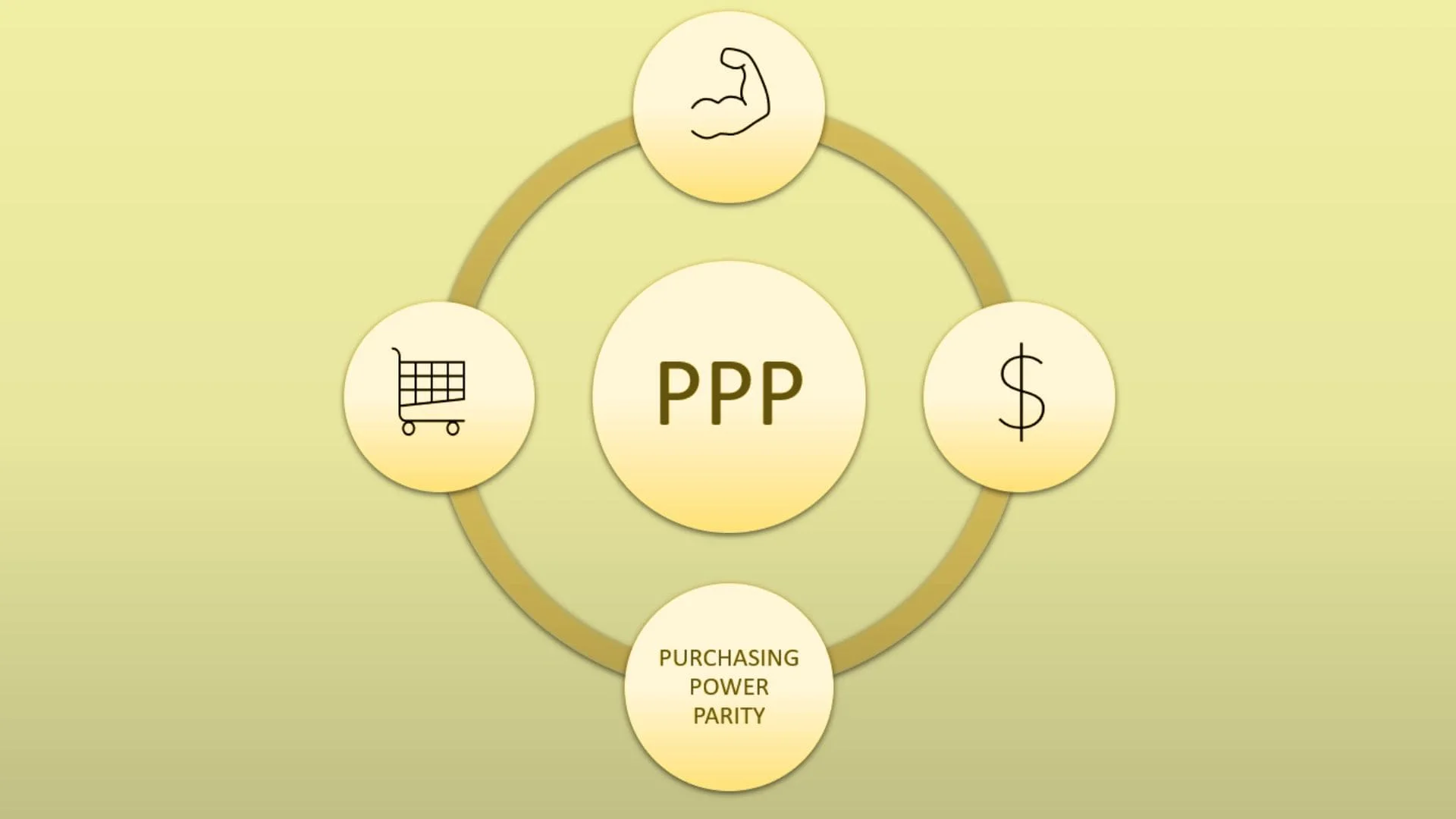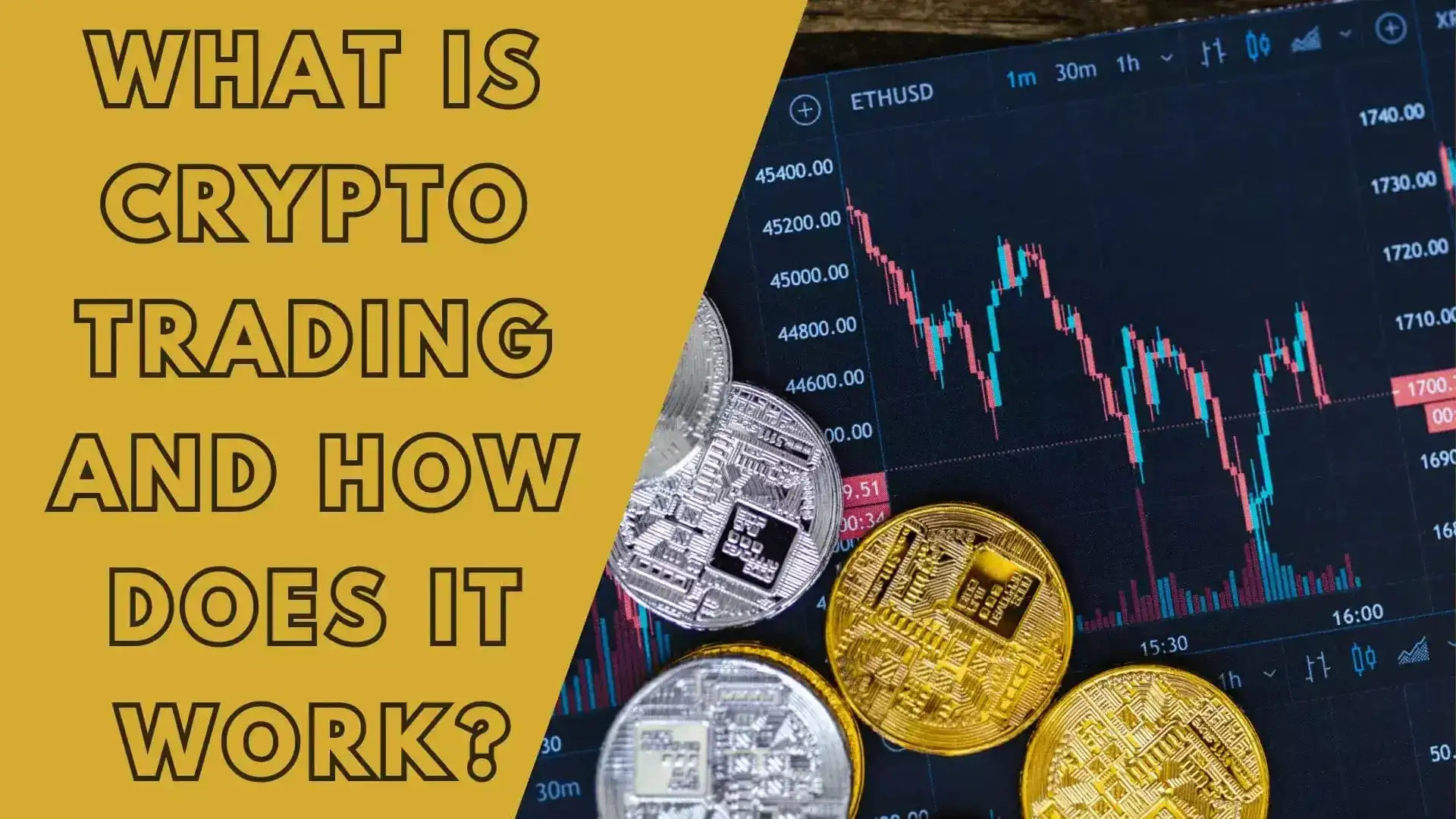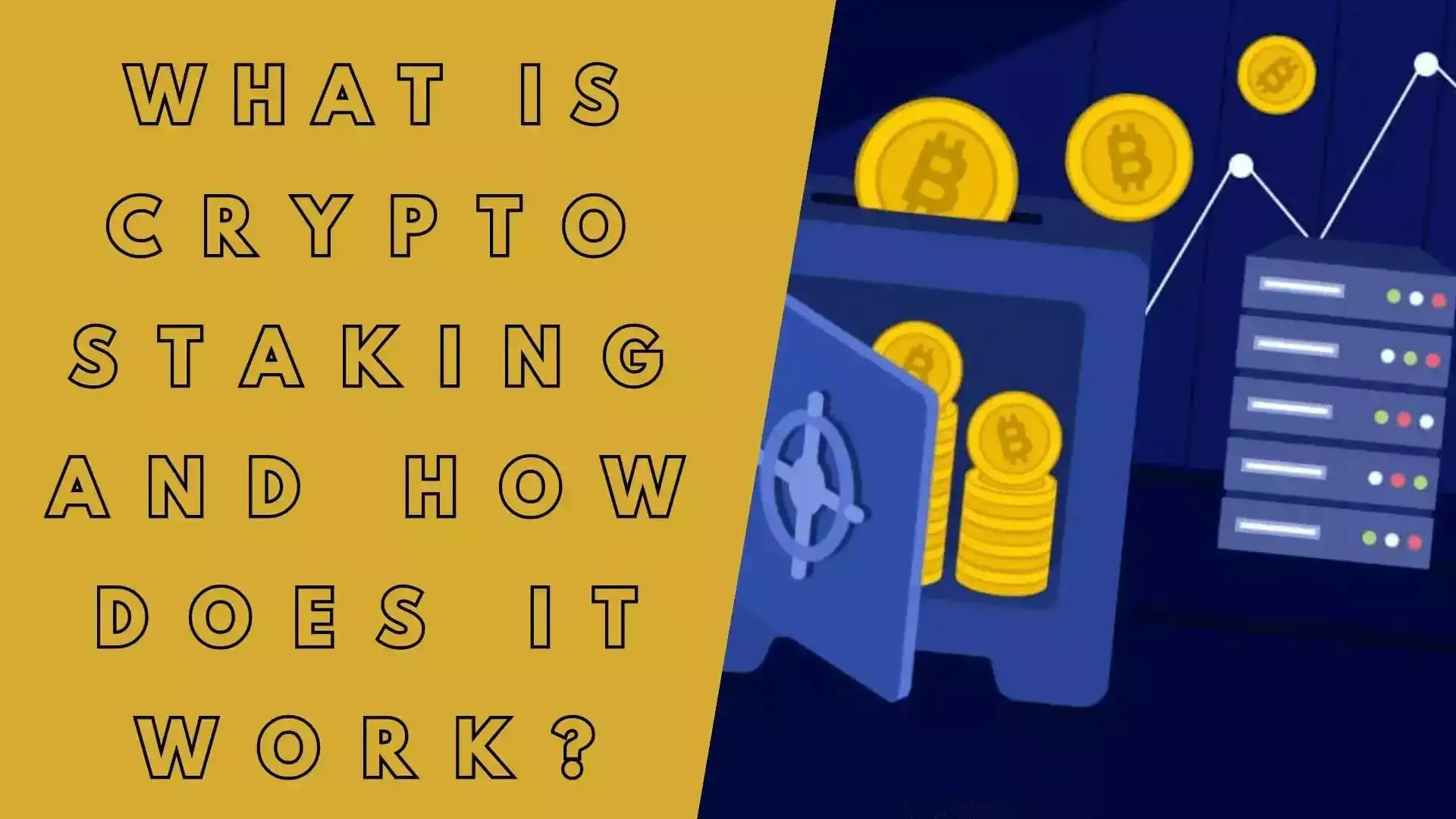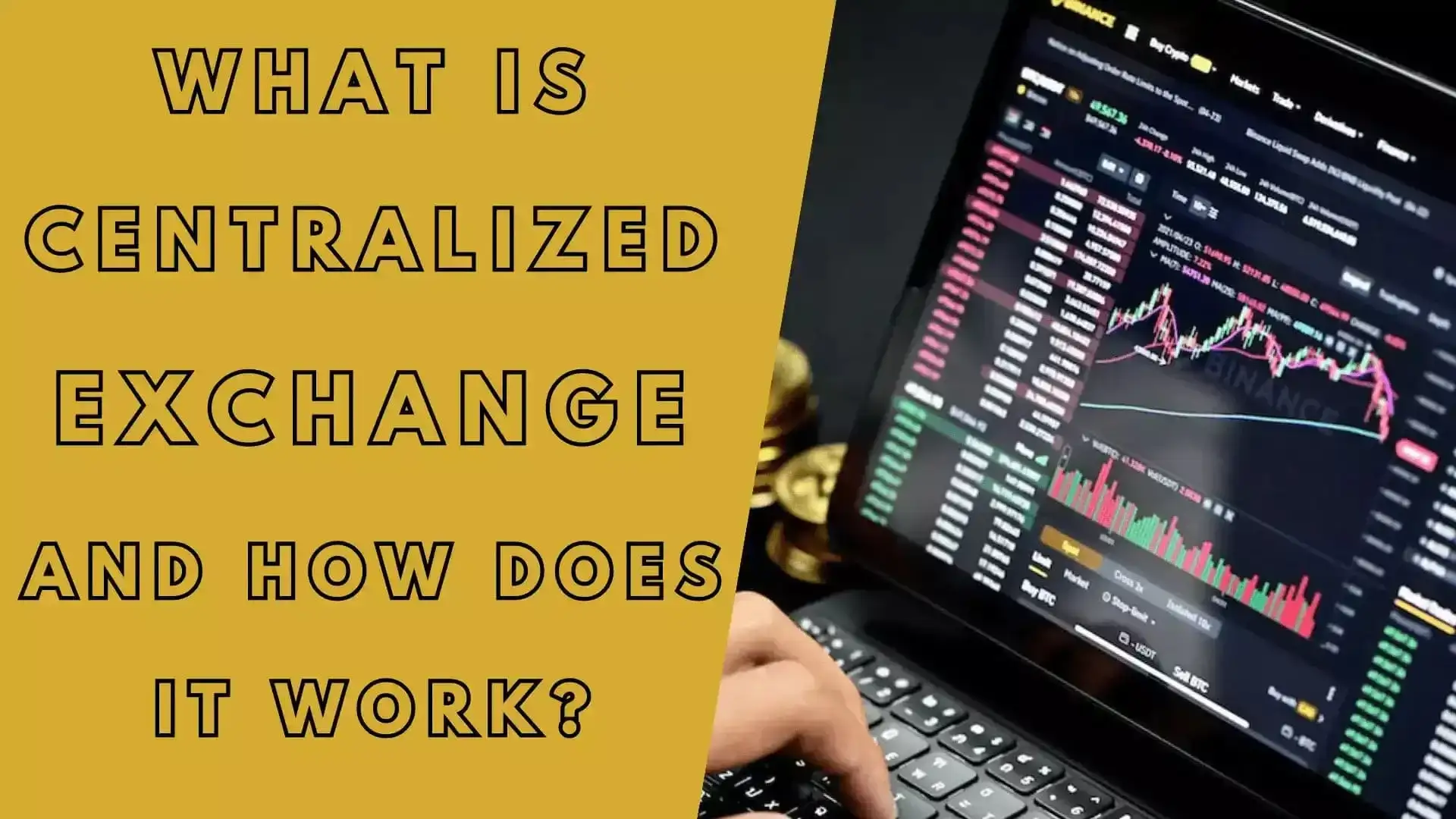Key Points Covered in the Article:
- Definition of Purchasing Power Parity (PPP): Explains the concept and its use in comparing currencies.
- Example of PPP: Compares the cost of goods between two countries to explain how PPP works.
- Types of PPP Measurements: Outlines Absolute and Relative PPP.
- PPP and Cryptocurrency: Discusses how PPP can relate to cryptocurrencies, with challenges due to volatility.
- Recent Updates: Provides information about Bitcoin and CBDC developments as of 2024.
- Conclusion: Summarizes how PPP remains relevant and its potential future in cryptocurrency.
What Is Purchasing Power Parity (PPP)?
Purchasing Power Parity (PPP) is an economic theory that compares the currencies of different countries through a "basket of goods" approach. The principle behind PPP is that in an efficient market, the exchange rates between two currencies should equal the ratio of their respective purchasing power. This theory is often used to compare living standards between countries or measure inflationary effects across borders.
The basic idea of PPP is that if one US dollar buys more goods in one country than in another, the currency in the more expensive country is overvalued, and the currency in the cheaper country is undervalued.
Example of Purchasing Power Parity (PPP)
Consider the following example: A cup of coffee costs $5 in the US but only £3 in the UK. Based on this price comparison, we can use PPP to determine if the exchange rate between the US dollar (USD) and the British pound (GBP) is balanced. If the actual exchange rate is 1.25 USD/GBP, this means that the coffee in the UK costs £3 * 1.25 = $3.75 in USD, which is cheaper than the $5 in the US.
According to PPP, the British pound is undervalued compared to the US dollar, because the same product costs less in the UK. If the currencies were in perfect balance based on PPP, the exchange rate would need to adjust until the coffee costs the same amount in both countries.
Types of PPP Measurements
- Absolute PPP: This theory compares the absolute price levels of identical goods in two different countries.
- Relative PPP: Relative PPP looks at the rate of changes in prices and inflation, using it to predict future exchange rates.
PPP and Cryptocurrency
The concept of Purchasing Power Parity can be extended to cryptocurrencies. In traditional currencies, PPP helps to analyze exchange rates between nations, but when it comes to cryptocurrencies, the nature of decentralized and volatile assets poses some challenges to traditional PPP calculations.
Cryptocurrencies are not directly tied to a nation-state or an economy, meaning their value does not depend on any specific country’s basket of goods or services. However, investors and traders often compare the purchasing power of cryptocurrencies against major fiat currencies, such as the US dollar or the Euro, to gauge their value. As of 2024, many central banks are exploring Central Bank Digital Currencies (CBDCs), which could introduce a more structured way to relate cryptocurrencies with purchasing power.
Recent Updates in PPP and Cryptocurrency
Recent developments have shown that Bitcoin and other cryptocurrencies continue to rise in value against traditional fiat currencies, but this doesn’t necessarily imply strong purchasing power. This is due to the high volatility and speculative nature of crypto markets. In the second quarter of 2024, the value of Bitcoin was up by 15% against the US dollar, showing strong short-term growth. However, this value fluctuates heavily, meaning the PPP theory is not easily applicable.
Additionally, some studies are being conducted to see how blockchain technology can be used to create more stable and globally recognized digital currencies that could potentially align better with PPP calculations in the future.
Conclusion
Purchasing Power Parity remains a critical tool for comparing the cost of living between nations and evaluating exchange rates. Though its application to cryptocurrencies is limited by the volatile nature of these digital assets, ongoing research into Central Bank Digital Currencies and stablecoins may soon provide a more reliable framework for understanding the PPP of digital currencies.






